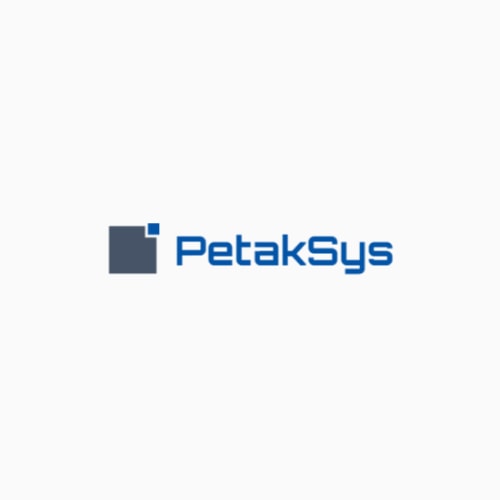Philanthropy has long been a driving force for positive change, traditionally funneled through nonprofit organisations dedicated to various causes. However, a paradigm shift is underway as more individuals, family offices, and organisations recognise the potential impact of directing philanthropic capital towards for-profit initiatives.
The rise of for-profit initiatives
The intersection of business and philanthropy has championed the concept of for-profit initiatives with a social mission. Social entrepreneurship and impact investing have gained momentum, offering a compelling blend of financial sustainability and positive social outcomes. This shift reflects a growing recognition that economic viability can be a powerful driver for sustained impact.
We rounded up a few companies that you might find interesting.
Donor Advised Funds: A catalyst for change
Donor Advised Funds (DAFs) have become a linchpin in this evolving philanthropic landscape. DAFs provide donors with a flexible, tax-efficient vehicle for managing and distributing their charitable contributions. Traditionally associated with supporting non-profits, DAFs are increasingly being utilised to invest in for-profit initiatives aligned with philanthropic goals, such as those supporting the 17 Sustainable Development Goals (SDGs).
The advantages of using DAFs
Flexibility and control: DAFs empower donors to take an active role in directing their philanthropic capital. Donors can allocate funds to for-profit initiatives that align with their values and desired social impact. This flexibility ensures that the capital is strategically deployed to create meaningful change.
Financial sustainability: For-profit initiatives have the potential to generate revenue streams, creating a sustainable model for addressing social issues. By investing in these initiatives through DAFs, philanthropists can contribute to long-term solutions while preserving the initial capital for ongoing impact.
Additionally, by utilising DAFs to invest in for-profit businesses, especially small businesses, donors are able to give by less extractive means than typical types of risk capital and even offer better loan terms (recoverable grant) than the Small Business Association or grants from other organisations such as RSF Social Finance.
Risk mitigation: DAFs allow donors to carefully assess and manage risks associated with for-profit investments. By leveraging the expertise of financial advisors and philanthropic professionals, donors can make informed decisions, minimising potential pitfalls and maximising the chances of success.
Catalysing innovation: For-profit initiatives often foster innovation and creativity in addressing societal challenges. By directing philanthropic capital through DAFs towards these initiatives, donors become catalysts for change, supporting ventures that may have transformative effects on communities and industries.
Measurable impact: DAFs enable donors to track the impact of their contributions, both in terms of financial returns and social outcomes. This transparency ensures accountability and allows donors to refine their strategies for maximum effectiveness over time.
Using charitable capital for angel investing
As one can see, there are several compelling reasons to give from a DAF to a for-profit entity having a net-positive impact on the community and/or environment it serves. Another way of looking at it is to conduct most of one’s angel investments via their DAF. While the returns won’t hit a personal bank account, they do create regenerative capital in the DAF so that future philanthropic investments can be made without having to recapitalise the DAF. As some donors may have incentives to make grants non-recoverable or make recoverable grants more favourable and lenient than traditional loans or risk investment, the returns on the grant may not be as lucrative, but the return on investment is far more gratifying, knowing the grant is supporting the for-profit entity in a more favourable manner.
Thus, there are quite a few compelling reasons for one to look at their DAF through another lens as an investment vehicle. It’s also worth noting that gifts to a DAF can include non-traditional assets, such as art, real estate, or cryptocurrency.
About Maggie Spicer
Maggie Spicer advises donors who want to make a meaningful impact on small and mid-sized businesses. She leads a philanthropic venture studio and advisory service that focuses on hospitality, food & beverage, health, fintech and lifestyle verticals. She also mentors founders and startups on how to work with philanthropic venture capital and GTM strategy.










